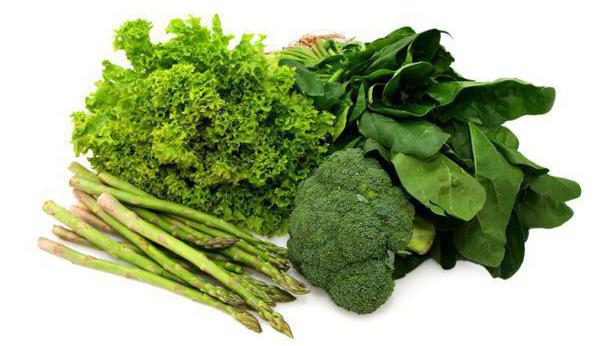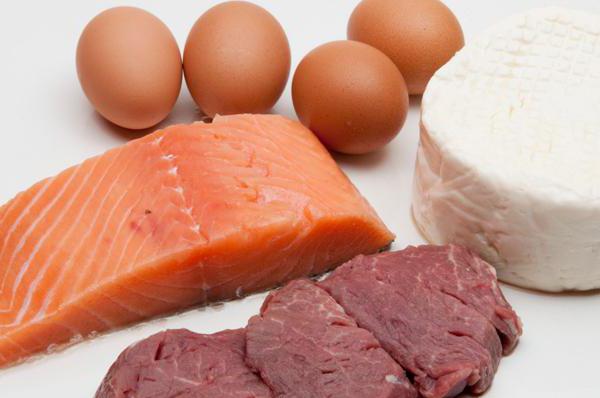In the modern world, unless babies are regularly confronted with the concept of “diet”. This term is most often identified with weight loss. But has it always been that way?
History of diets
Generally speaking, a diet is a set of certain nutritional rules that governs the quantity, chemical composition and physical properties of foods used, as well as their frequency of use. Translated from the Greek "diet" - nothing more than a "way of life." It turns out that initially this concept had no connection with weight loss.
Since ancient times, mankind has paid great attention to the issue of nutrition. Hippocrates as early as the 5th century BC argued that well-chosen food can be a cure, and Avicenna promoted a similar idea. The question of losing weight at that time was not. This direction was outlined much later.
The first popular book on weight loss was published in the 19th century. In this publication, a certain entrepreneur from England William Bunting shared the story of his path to harmony. He managed to get rid of a couple of tens of kilograms due to a restriction in the diet of carbohydrates.
The 20th century was marked by the emergence of many currently popular trends. At the beginning of the century, the concept of calorie counting for weight control was outlined, and in the 30s, the principles of separate nutrition were already put forward .
In the modern world, there is a cult of a slender toned body, so diets are so in demand, their number is grandiose and constantly replenished with new options. To make it easier to navigate in all this diversity and understand which diet is suitable in each particular case, for a start it is worth considering their general classification: diets can be divided into therapeutic, health and weight loss.

Therapeutic diets
The goal of therapeutic diets is to influence the course of the disease, changing nutrition and thereby affecting the metabolism in the human body. The essence of such systems is to make certain changes to the diet, respectively, problems with one or more organs. The basis of therapeutic diet is the principle of sparing: mechanical (products are crushed or mashed), chemical (exclude certain food substances), thermal (avoid too hot and very cold food).
In our country, a number system of therapeutic diets has been adopted. For example, diets No. 1 and No. 2 are prescribed for inflammatory diseases of the stomach and intestines, No. 7 - for diseases of the kidneys, No. 8 - in case of obesity, No. 10 - for problems with the heart and blood vessels. Diet No. 15 is used in medical and sanatorium institutions for diseases that do not require any special nutrition, as well as during the recovery period.
In therapeutic dietary nutrition, the regimen is very important. The multiplicity of food intake is increased to 5-6 times a day, avoiding long breaks.
Wellness diets
These diets are not as strict as indicated for therapeutic ones. Their main task is to restore strength after stress or heavy physical exertion, increase tone, and cleanse the body. As a rule, health food is used in combination with other firming and cleansing procedures. A healthy diet is the use of natural products, the exclusion of food additives, canned food, fast food.

Slimming diets
It is these nutrition systems that are currently associated with the concept of "diet." Their main task is to help reduce body weight and give the body a harmonious shape. This area offers the largest number of diets and diets. Indeed, this is a very fertile area for experimentation.
Diet is always a limitation: either of some foods, or the calorie content of the diet. In principle, the only rule for reducing body weight is the following rule: the body must spend more calories than it receives from food. Only with a calorie deficit will the body begin to use its own reserves, and for this it is necessary either to expend more or consume less. Sport is a topic for a separate discussion, but what kind of diet will allow you not to experience physical and mental (not least) discomfort is a complex and individual issue. But there is plenty to choose from.
Low calorie diets
As the name implies, such diets imply a limitation of the daily calorie intake. Different products can be used. Low-calorie diets can act effectively, but when you return to a normal diet, the weight returns, often with a bonus in the form of a couple of extra kilograms. This is because the body perceives a sharp decrease in nutrition as a "martial law", and tries, in case the situation repeats itself, to stock up for the future. In addition, after a fairly quick start, further weight loss may slow down, as the body goes into a saving mode and slows down the metabolism. There is also the likelihood that it will begin to spend not body fat, but muscle mass.
Mono-diets
The diet, in which one product is used in food: kefir, apples, buckwheat, cottage cheese, cucumbers, is a rather tough option and by no means balanced, so you can’t stick to it for a long time. Such a diet of 2 kg per week will help to lose, but most likely these kilograms will return quickly if you do not continue to strictly control yourself in the future.

Restrictive diets
In a diet built on the basis of such diets, there is a bias in favor of any organic substances. Examples of such diets are the very common now protein, or low-carb, low-fat, and even fatty. Perhaps the most healthy of these are diets with reduced fat intake. Indeed, fat calories are most easily converted to excess weight than those obtained from other sources. When constructing such a diet, it must be remembered that the deficit should, first of all, apply to fats, and only then to carbohydrates. A home diet may well be based on this principle, since it is inexpensive and uncomplicated.
The most popular diets
Among the currently popular protein diets, we can mention the nutritional system of Pierre Ducane. The same principle — reduced carbohydrate intake — underlies Dr. Robert Atkins’s diet. The Kremlin diet is also low-carb. This rule - the preferred use of proteins - gives a quick result, but there is evidence that long-term compliance may cause kidney problems.

The so-called zonal diet is known: the menu for every day implies a certain balance of fats, proteins and carbohydrates. The principle of counting calories is very common: those who tested it claim that you can quickly enough learn how to do without a calculator and determine the calorie content of dishes literally by eye.
An interesting diet is “6 petals”, which implies the alternation of fish, vegetable, chicken, cereal, cottage cheese and fruit days. Her followers are advised to hang a paper camomile on the refrigerator with appropriately signed petals so that the goal is in front of their eyes.
Diets that are more likely to be long-term nutritional systems attract attention. For example, the Minus 60 system is based on the principles of healthy eating: do not skip breakfast, eat the most high-calorie foods before noon, refuse milk chocolate and sweets in favor of bitter, do not combine potatoes with meat, and also do not eat after six.
It makes sense in the postulates of separate nutrition. In any case, they certainly can’t do any harm. The Mediterranean diet is recognized as one of the healthiest. Its principles allow you to eat vegetables, seafood and fatty fish, fruits and greens, olive oil, poultry, nuts, yogurts and soft cheeses. Paste and a small amount of red wine are allowed. What is not a great diet for every day?

findings
There is no ideal diet suitable for everyone without exception. But first of all, it should be safe for health and take into account the individual characteristics of a person: even where he comes from. The food that the Asian is used to is absolutely not suitable for the natives of the south, and vice versa. It is generally contraindicated for some categories of people to get involved in diets. This applies to children and adolescents, pregnant and lactating women.